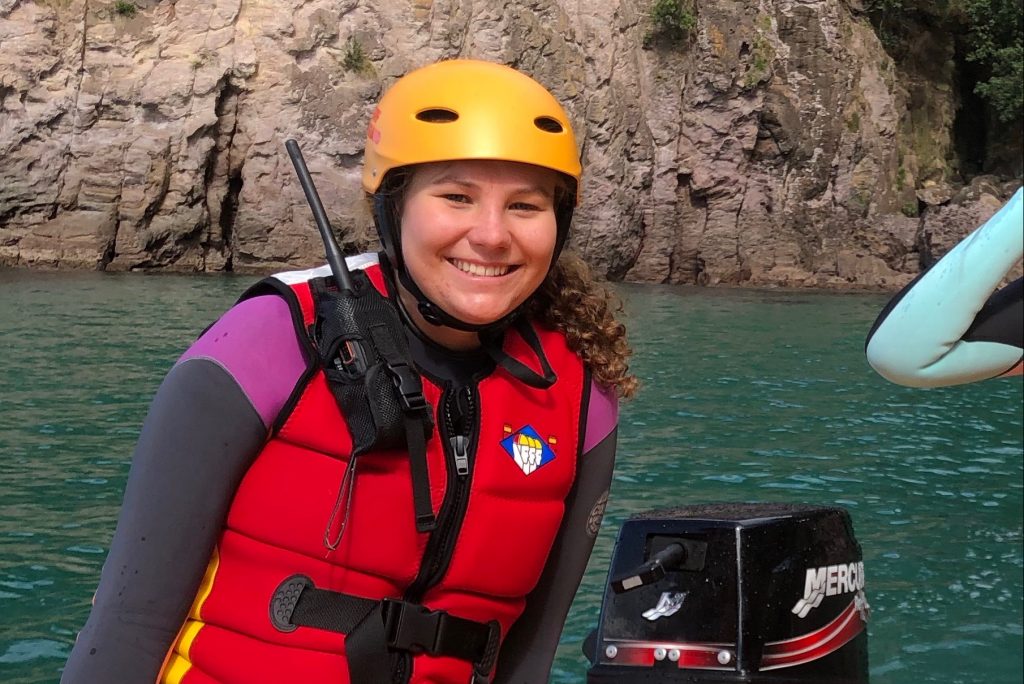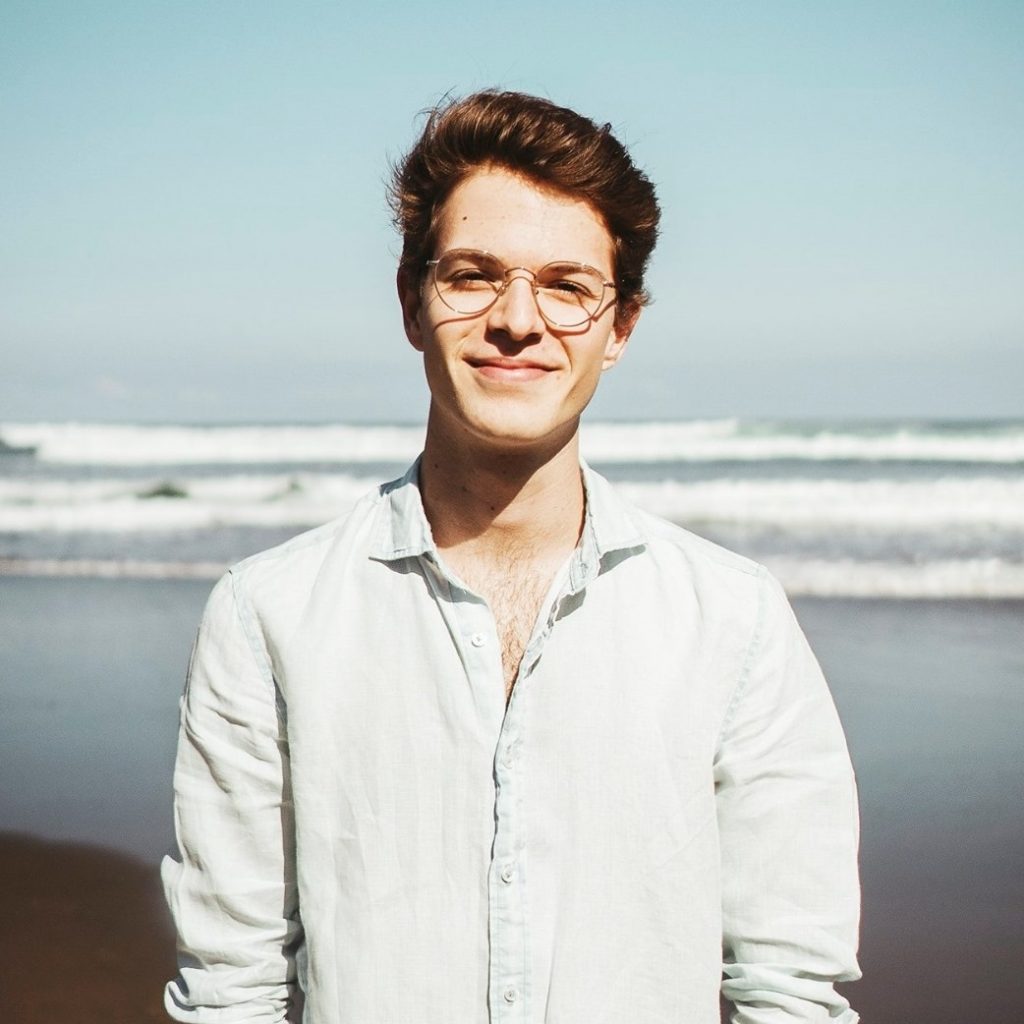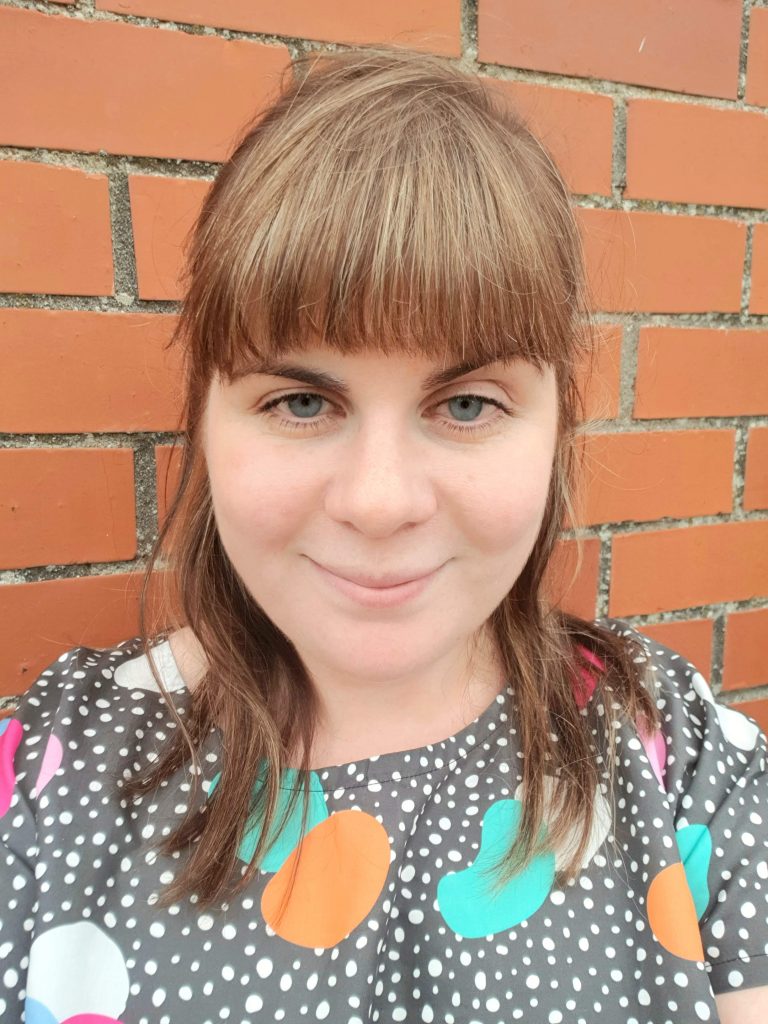By Alice Mander, Volunteering New Zealand Community Engagement Advisor
Where are all the young people? It seems to be the question on the minds of many volunteer coordinators. However, as a recent paper published by the International Association for Volunteer Effort notes, ideas about youth disengagement in civil society presents an incomplete story. The paper argues that if we push ourselves to think beyond the “traditional forms of political engagement”, we will notice an emergence of different norms of participation, especially among young people.
Volunteering and activism have historically been considered two different types of activities. However, most activists are themselves volunteers, and many volunteer activities have social and political outcomes. The ways in which young people are engaging with their communities is progressively broadening, and the historic distinction between the two activities is becoming less relevant. For instance, as the paper highlights, many young people enter traditional volunteer spaces (such as school boards or university councils) with aspirations of amplifying their voices and enacting change.
Where young people are left out of formal decision making processes, they create alternative spaces to make their concerns and opinions known. New Zealand is home to many incredible volunteer-based youth activist groups, such as MakeIt16 and the SchoolStrike4Climate.
The paper also highlights that many youth led activities and volunteer efforts are deliberately politicised and resisted by the people and institutions in power. Young people are often negatively framed as disengaged and lazy. However, it has been observed around the world that young people are one of the most “intensely regulated groups”, and their activism is often disregarded “as a distraction”. These narratives work to silence and repress youth activism and volunteering efforts.
It is time to move away from the deficit model that frames youth as disengaged. Perhaps, as volunteer-involving organisations, instead of waiting for youth to approach us we need to be asking for invitations into the spaces and communities where youth are already active. With young people frequently turning to volunteering and activism as a tool for social change, let’s reconsider our own definitions and distinctions between the two activities, and reimagine how we can engage young people’s hearts as well as their minds.





About The Author: Margaret McLachlan
More posts by Margaret McLachlan